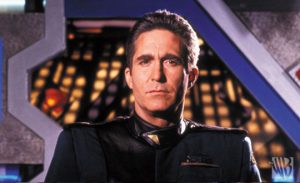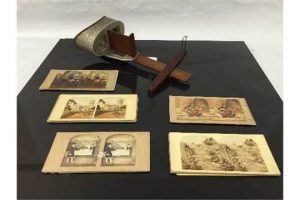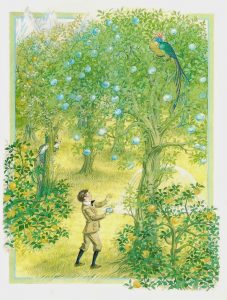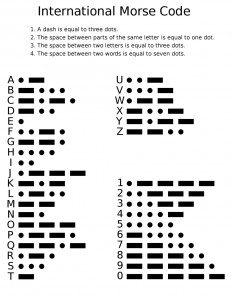Happy New Year, everyone!
Today, I thought I’d share with you something God spoke to my heart in May of 2012.
That day, I was reading through Romans 7, and the Spirit nudged me. The message was this: I needed to decide what I believed, why I believed it, and how I was going to show it in my life. At the time, I had made some questionable decisions regarding my spending patterns and computer time; God nudged me and asked, “Are these things affecting your ability to live for Me?” I had to admit that they were; the next question was, what was I going to do about it?
Earlier that week, I had listened to a sermon about how Christian faith is like a battle field; every decision/action we make has consequences, and what we choose to do or bring with us to the field of battle (our hearts) affects our ability to stand and fight against the opposition. If something comes into our lives that causes us to disobey God’s command and/or makes us trip up/lose ground, then we need to do two things:
1) Get rid of the source of distraction, so that you can get your defenses back up
2) Prepare yourself for offensive action through the Word
The reason why both are necessary is this: in battle, it’s not enough to blindly attack the enemy or build defenses to hold ground when necessary. To be truly successful, you need to be proactive – constantly monitor your defenses to ensure their readiness, and be ready to move when the Enemy strikes.
Coming back to where I was in 2012, I chose to follow the right battle plan: I got rid of what was holding me down as a believer, and got back on track with God. Admittedly, those distractions still sometimes come back around, but I am in a better place than I was five years ago.
Here is a word of encouragement to you: start the New Year with your life on the right track with God; be looking to the New Year with hope, but be prepared for the battles that will inevitably come. In the words of Scar from the Lion King, “be prepared,” because the Enemy certainly is.
















